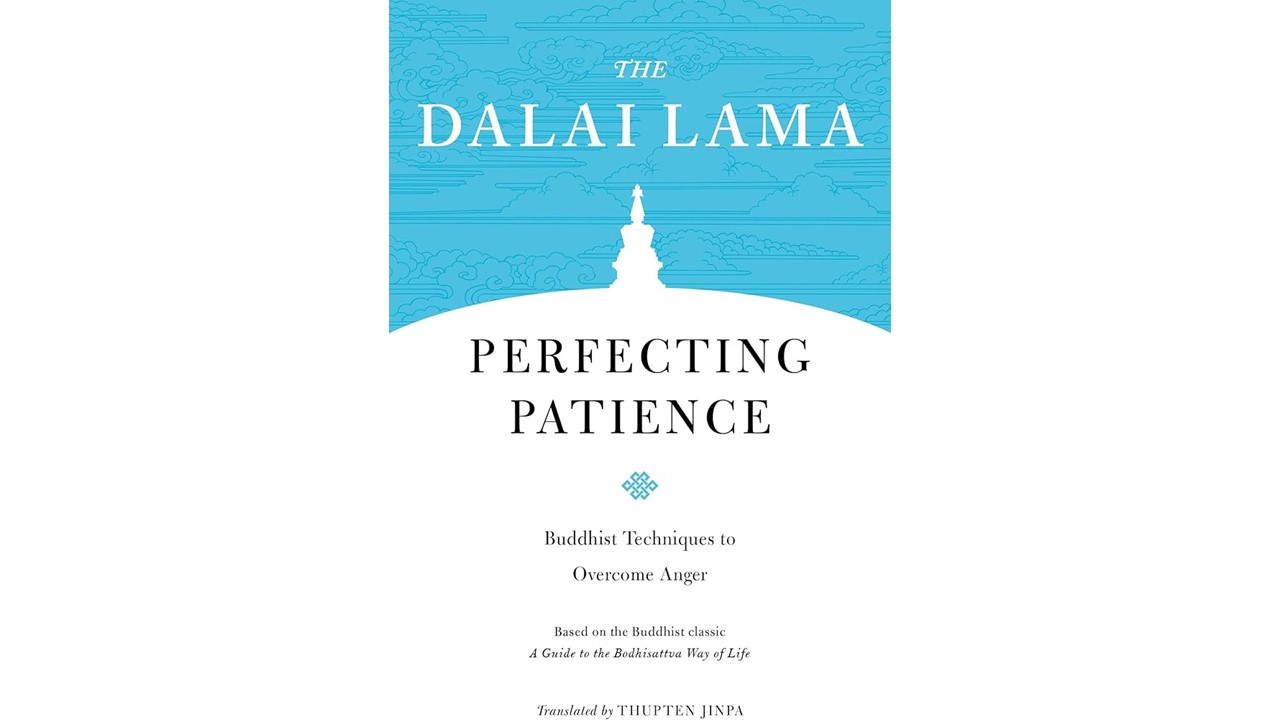“Perfecting Patience: Buddhist Techniques to Overcome Anger” by the Dalai Lama is a book that explores the concept of patience from a Buddhist
perspective and offers practical techniques for overcoming anger and developing a more patient and compassionate mind.
a. The Importance of Patience: The book begins by emphasizing the significance of patience as a virtue and a key component of emotional well-being and spiritual growth.
b. Understanding Anger: The Dalai Lama explores the nature of anger, its causes, and the negative impact it can have on both individuals and society as a whole.
c. The Destructive Power of Anger: The book discusses how anger can lead to harmful behaviors, damaged relationships, and personal suffering. It highlights the need to address and transform this emotion.
d. Buddhist Teachings on Patience: The book provides insights into Buddhist teachings on patience and how it is seen as a means to counteract anger and aggression.
e. Three Types of Patience: The Dalai Lama introduces three types of patience: patience to endure suffering, patience to prevent the arising of anger, and patience to confront and eliminate anger when it arises.
f. Transforming Negative Emotions: The book outlines methods for transforming negative emotions, especially anger, into positive qualities like compassion, forgiveness, and understanding.
g. Cultivating Compassion: The Dalai Lama emphasizes the importance of cultivating compassion as a means to counteract anger. He discusses how genuine compassion can lead to patience and forgiveness.
h. Practical Techniques: The book offers practical techniques and exercises for developing patience. These include mindfulness meditation, self- reflection, and cognitive restructuring to change thought patterns.
i. The Role of Mindfulness: Mindfulness is presented as a valuable tool for becoming aware of one’s emotions, including anger, and learning to respond to them with patience and understanding.
j. The Power of Forgiveness: The book explores the concept of forgiveness and how it can free individuals from the burden of anger and resentment.
k. Reframing Perspectives: The Dalai Lama encourages readers to reframe their perspectives on situations that trigger anger. By seeing events from a broader, long-term viewpoint, individuals can develop greater patience.
l. The Practice of Tonglen: The book introduces the practice of Tonglen, a meditation technique in which individuals visualize taking in the suffering of others and sending out compassion and relief. This practice is seen as a means to develop patience and compassion.
m. The Role of Empathy: The Dalai Lama discusses the importance of empathy and understanding the perspectives and experiences of others as a way to reduce anger.
n. Mindful Communication: The book addresses the importance of mindful and compassionate communication in resolving conflicts and maintaining patience.
“Perfecting Patience” provides readers with practical techniques and Buddhist insights for overcoming anger and developing patience and compassion. It offers guidance on transforming negative emotions into positive qualities and cultivating a more patient and understanding mind.




